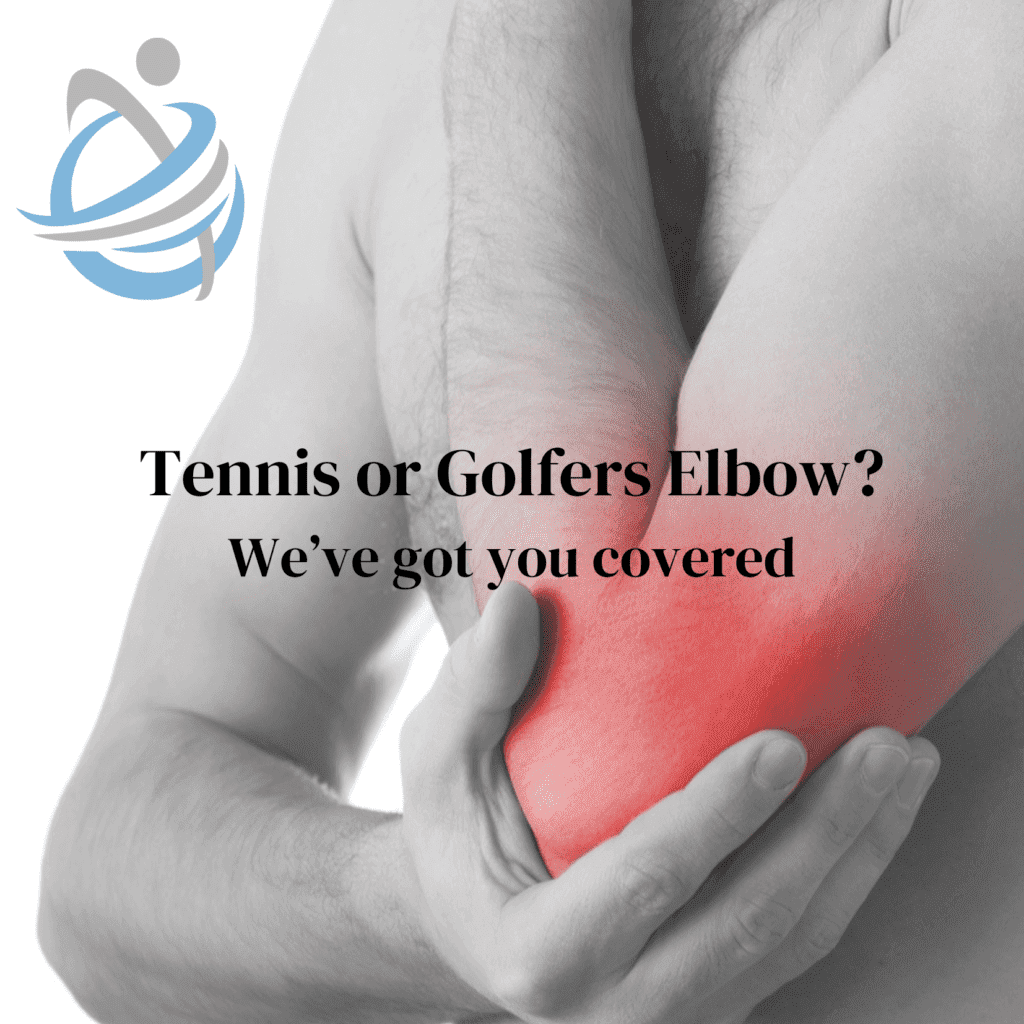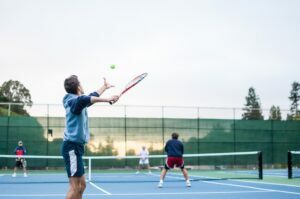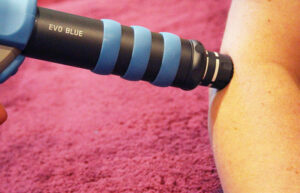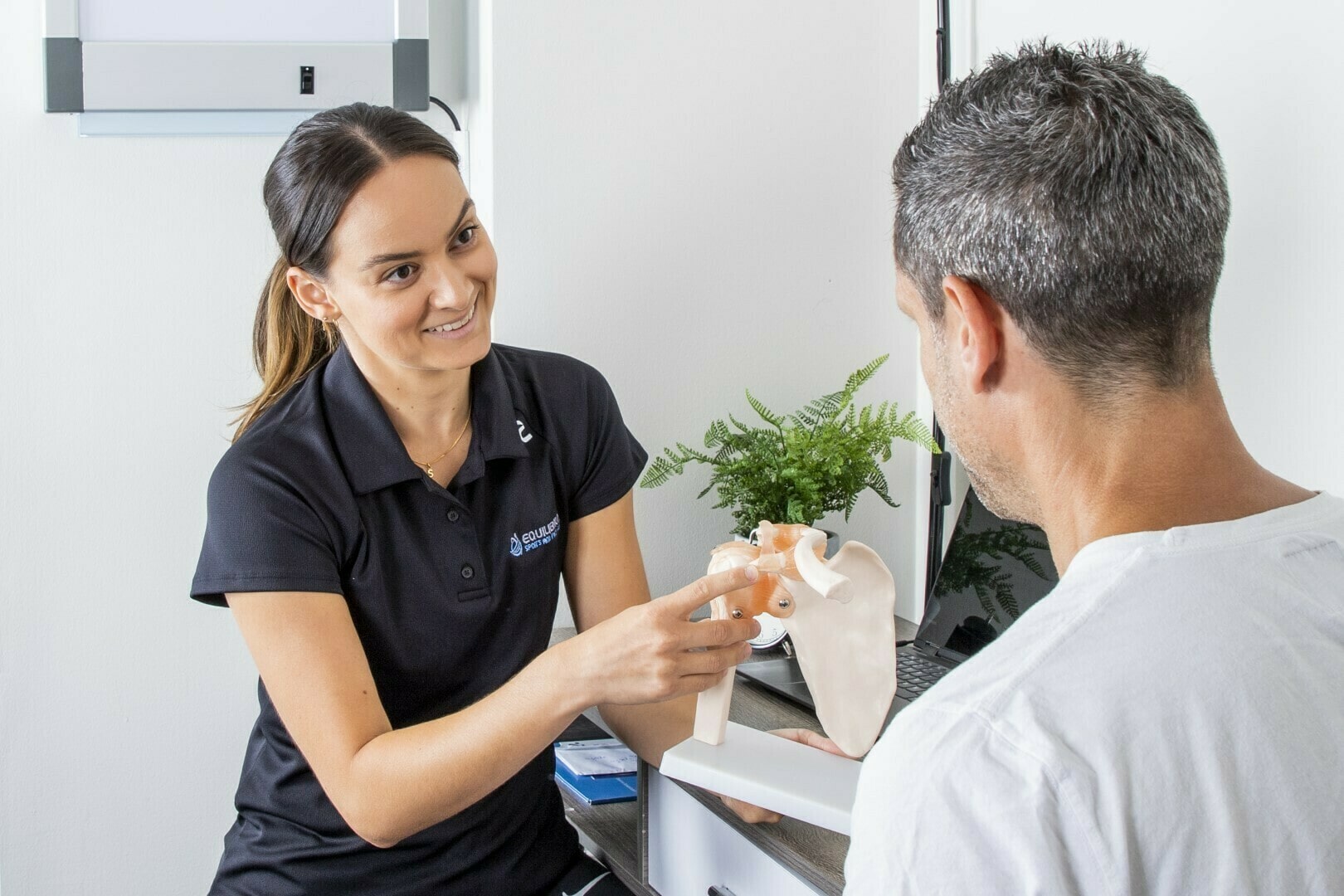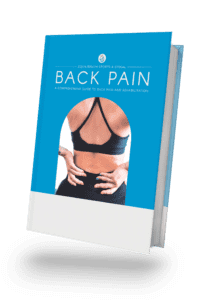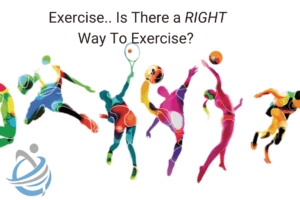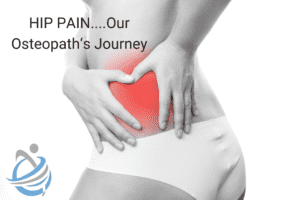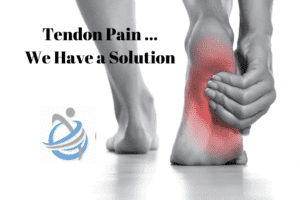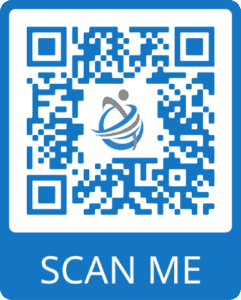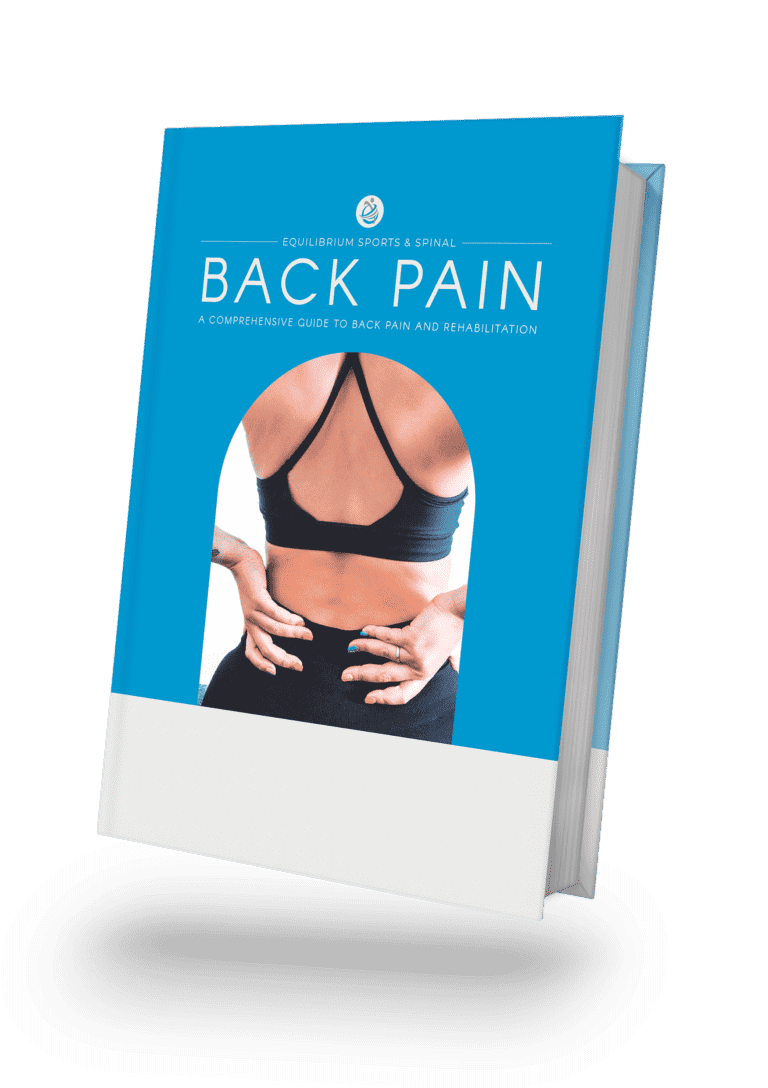The Australian Open is one of Australia’s biggest sporting events of the year. It sees thousands flock to watch the individual and doubles matches, some even being inspired to hit the courts themselves! Behind the competitive and social matches, athletes often grapple with challenges like overuse injuries.
Two common culprits being Golfer’s Elbow (medial epicondylitis) and Tennis Elbow (lateral epicondylitis). Despite their names, these conditions can affect individuals irrespective of their involvement in golf or tennis.
What is Golfer’s Elbow or Tennis Elbow?
Both Golfer’s Elbow and Tennis Elbow are forms of tendinitis, characterised by pain, inflammation, and tenderness around the elbow joint. Golfer’s Elbow (AKA medial epicondylalgia) affects the inner side of the elbow, around the medial epicondyle , while Tennis Elbow (AKA lateral epicondylalgia) affects the outer side, around the lateral epicondyle.
The nature of these injuries extends beyond the tennis court or golf course – activities such as weightlifting, typing, painting, and other repetitive gripping motions contribute to the wear and tear of these tendons.
What are the Symptom of Golfer’s or Tennis Elbow?
Pain is a common denominator in both conditions, often arising due to overuse or repetitive stress on the tendons connecting to the respective epicondyles. Other common symptoms may include tenderness, swelling, redness, and weakness in the hand and wrist (particularly with gripping or lifting activities).
How is Golfer’s and Tennis Elbow Diagnosed?
Osteopaths diagnose Tennis Elbow or Golfer’s Elbow through a comprehensive approach. They begin by gathering a detailed medical history, considering the onset of symptoms and relevant past injuries. A hands-on physical examination follows, focusing on assessing the affected elbow’s range of motion, tenderness, and signs of inflammation. Palpation helps identify specific areas of tension or dysfunction.
Functional assessments observe how the individual moves and performs activities, evaluating grip strength and observing motions that may exacerbate symptoms. Osteopaths may also conduct orthopedic tests to assess tendon and ligament integrity, aiming to reproduce or worsen symptoms for diagnostic confirmation. Importantly, osteopaths consider the possibility of other conditions mimicking elbow pain and may perform additional assessments.
While diagnostic imaging is generally not the primary tool, osteopaths may recommend a scan to confirm or rule out a diagnosis, if necessary. They may also collaborate with other healthcare professionals, such as your General Practitioner or a Hand Therapist, if further imaging or consultations are needed to reach a diagnosis.
How Do you Rehabilitate and Manage Golfer’s and Tennis Elbow?
Recovery from Golfer’s Elbow and Tennis Elbow demands a multifaceted approach, integrating various interventions to address the intricate challenges posed by these overuse injuries.
1. Osteopathic Manual Therapy:
Osteopathy can play a valuable role in the management and rehabilitation of conditions like Golfer’s Elbow and Tennis Elbow. Osteopathic practitioners approach these conditions with a holistic perspective, considering the interconnectedness of the body’s structure and function. Here are ways in which osteopathy can be beneficial:
Manual Techniques for Tissue & Joint Mobilization and Pain relief:
Osteopathic practitioners use hands-on techniques to mobilise and manipulate the affected soft tissues and joints of the wrist, elbow, shoulder and spine to helps improve mobility, reduce muscle tension and joint stiffness, enhance blood circulation and reduce pain.
Exercise Rehabilitation:
The road to recovery from Golfer’s Elbow and Tennis Elbow requires exercise rehabilitation to appropriately load the associated tendons. Osteopathic practitioners provide specific exercises to strengthen and balance the muscles around not only the elbow, but of the shoulder complex and wrist, whilst addressing any other possible underlying issues contributing to Golfer’s Elbow or Tennis Elbow.
2. Offload – Reduce Currently Aggravating Activities or Tasks:
Reducing the load placed upon the injured tendons plays a pivotal role in facilitating recovery and preventing further injury. This doesn’t mean completely stopping your favourite form of exercise or avoiding work! While minimising or avoiding specific task that worsen the condition is essential for allowing tendons to heal without undue stress, introducing controlled and progressive loading is equally important.
Appropriate loading helps stimulate the production of collagen, the building block of tendons, in turn promoting stronger tissue. This strategic loading through exercise rehabilitation not only prevents de-conditioning, but also encourages the adaptation of tendons to gradually withstand the forces associated with daily activities. It’s a delicate dance between rest and controlled exertion, fostering a healing environment while ensuring the tendons regain strength and resilience! This comprehensive approach enhances the effectiveness of rehabilitation, empowering individuals to resume regular activities, with minimised risk of recurrent tendinopathies.
Osteopaths may also provide guidance on ergonomic and lifestyle factors that may contribute to the development or exacerbation of Golfer’s Elbow and Tennis Elbow. This may include recommendations for modifying daily activities to prevent further strain or overload, or tips for an ergonomic desk set up.
3. Other Treatment Modalities & Options:
Osteopaths may use other treatment tools to assist in the management and treatment of Golfer’s and Tennis Elbow. In some cases dry needling, bracing, taping or shockwave therapy may be used.
Dry Needling:
Dry needling, a technique involving the insertion of thin needles into trigger points within muscles, targets pain and promotes relaxation and increased blood flow. This method can contribute to pain relief and improved muscle function, providing athletes with a valuable tool in their rehabilitation toolkit.

Shockwave Therapy:
Shockwave Therapy, also known as extracorporeal shock wave therapy (ESWT), is a non-invasive treatment that involves the application of acoustic waves to stimulate blood flow, accelerate healing, and alleviate pain in musculoskeletal conditions. Shockwave is commonly used for chronic or overuse conditions such as bursitis or tendinopathies, such as Achilles Tendinopathie’s, Golfer’s or Tennis Elbow, or Rotator Cuff Tendinopathies.
The primary mechanism of shockwave therapy involves the application of mechanical pressure and tension to tissues. This process triggers biological responses, such as increased blood flow, the formation of new blood vessels, and enhanced cell regeneration. These responses contribute to the healing of injured or damaged tissues.
Bracing or Taping:
An Osteopath may suggest the use of an elbow supportive brace or may tape the affected area to provide provide external support to offload or reduce strain on the injured tendons. This is particularly helpful when performing repetitive or previously aggravating activities.
Surgery or Medical Management:
In severe cases or where conservative treatment approaches have failed to provide the relief or symptoms have worsened, your health care provider may such other medical or surgical interventions, such as Platelet-Rich Plasma (PRP) Injections or Epicondylar Release Surgery, to assist in the management of your Golfer’s or Tennis elbow.
What is the best way to Prevent Golfer’s or Tennis Elbow?
Prevention is key in the world of sports, and athletes participating in events like the Australian Open prioritise strategies to minimise the risk of overuse injuries. For the every day person this is just as important! If you have previously had Golfer’s or Tennis Elbow, then ensuring you have prevention strategies in place is key to make sure you minimise the risk of recurrent injury.
Prevention may be in the form of warm-up routines for your shoulders, elbows and wrists, by adding elbow specific strengthening exercises into your exercise routine whilst ensuring a gradual increase in load, or simply taking regular breaks when performing repetitive activities.
Conclusion:
Golfer’s Elbow and Tennis Elbow are reminders of the physical toll that intensive training and competition or repetitive stress can exact on the body. By seeking help from a health care professional, such as an osteopath, to help create comprehensive individualised rehabilitation plan, you can overcome the forearm blues and get back to the tennis court or course course, pain free!


